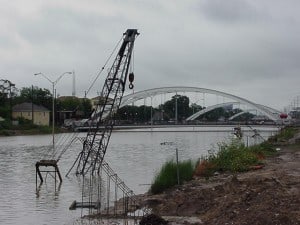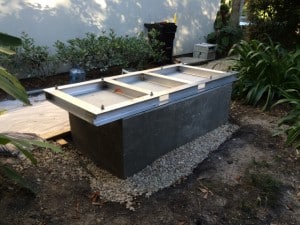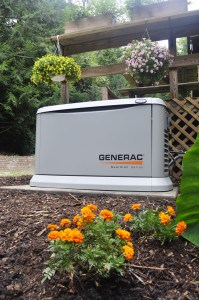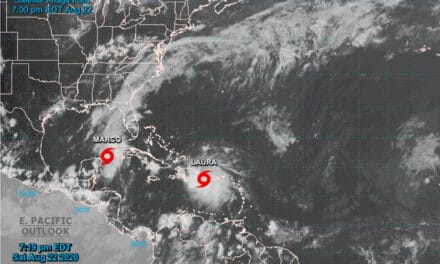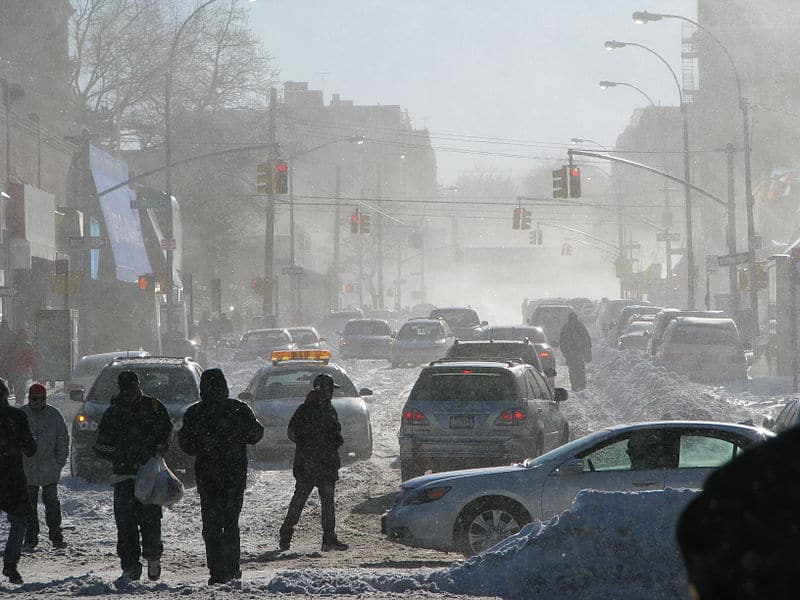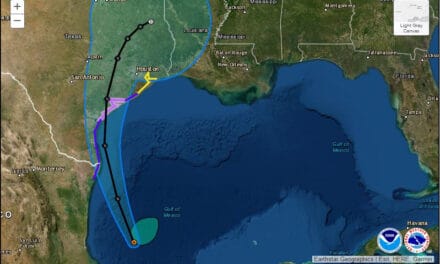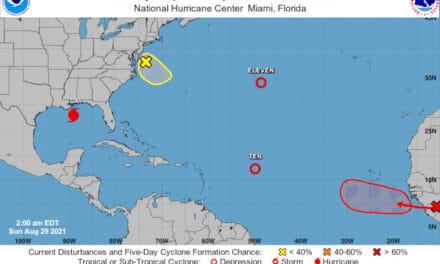Flooding is a common, annual occurrence throughout the United States and few places are entirely immune. Tropical Storms and hurricanes can inundate an area with many inches of rain and cause a flood in hours or days. Prolonged rains in one area can cause flooding in another.
In 1993, two thirds of Wisconsin’s 72 counties were declared a federal disaster area. After an unusually snowy winter followed by up to 40 inches of rain during the spring thaw, entire dams along major rivers including the Mississippi and Wisconsin were overwhelmed and overrun in mid June. The raging water destroyed dams and washed the steel and concrete bridges downstream. Damage to private, commercial, and government property totaled more than a billion dollars.
Similarly heavy rains and late winter storms contributed to the Louisiana floods in March, 2016, which included portions of Mississippi and Texas. The region was declared a disaster area by President Obama and the National Guard deployed thousands to assist in thousands of emergency evacuation and recovery efforts. Roads and bridges were washed away and property damages continue to accumulate at this writing.
Preventing Flood Damage
When flood disasters strike, there’s little anyone in the path of the water can do to stop it. Those high enough can gain some measure of safety by using sandbags and pumps to keep the water out. Sump and trash pumps can keep a basement from flooding as long as the power stays on.
Where flooding is widespread, so are power outages and once the power is out, so are your pumps. A standby generator can keep your pumps running and the flood water out. As long as you have power, you may prevent damage from moderate flooding or heavy rain.
Recovering from a flood disaster is difficult enough. It becomes that much harder without flood insurance. Even if your bank doesn’t require you to carry it, add flood insurance to your homeowners policy to ensure that flood damage to your home and major appliances is covered.
Don’t forget to list your standby generator and transfer switch on the list of major appliances for your insurance quote. If they are submerged, they will require replacement.
You can also take care to keep some appliances out of the water. Central air conditioners, standby generators, and propane fuel tanks can be elevated on concrete pedestals or raised platforms. Be sure to check with manufacturers for their recommendations and local building codes to stay in compliance. Move indoor appliances to upper levels when possible.
After the Flood
The first thing that comes to mind when most people hear about a flood is the loss of homes and personal possessions. Flood waters are undiscriminating. Family photographs, heirlooms, clothing, and everything else are often heaped with piles of trash and carpeting as people empty their homes in the first steps to recovering their lives.
Caution: Flood waters carry dangerous pathogens that infiltrate everything they come in contact with. Those pathogens are left behind when the waters recede and remain active for months or even years in everything from carpeting to appliances. Use caution and protective clothing to protect yourself and your family as you sift through belongings.
Next to the treasured possessions go the refrigerators and freezers, the television set, and the washer and dryer. Floods carry silt, mud, and debris and it gets into everything along with the diseases they carry. Any appliance that was submerged for any length of time should probably end up in the recycle or scrap pile.
Some systems that keep houses warm or cool and supply electricity during a power failure won’t survive. Standby Generators can’t withstand submersion and are more economical to replace rather than restore.
Considerations
Always remember that the safety of you and your family comes first. You can replace and repair property or move somewhere else, but you can’t replace human life. Make safety your first consideration and when a dangerous flood is imminent, leave for higher ground.
As you rebuild and restore, consider how your needs have changed. A growing family may require a larger refrigerator or freezer. Perhaps the economy standby generator that powered just the essentials lacked the power to keep your family comfortable through an extended outage. Now could be the right time to consider upgrading those appliances.
A medium to large air-cooled generator with the right automatic transfer switch can provide enough power to keep most moderately sized homes lit and comfortable with enough left over for conveniences like televisions and electronics.
Rebuilding isn’t easy and it’s hard not to rush the process, but making good purchase decisions won’t make it any harder. Choose carefully and make good decisions that protect your family and home in the future.


